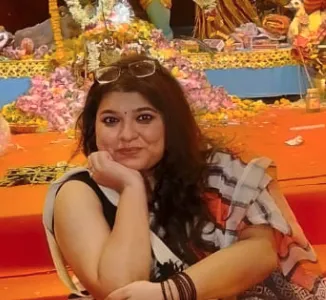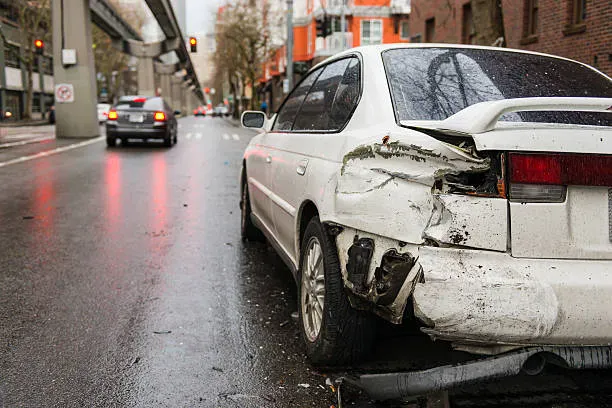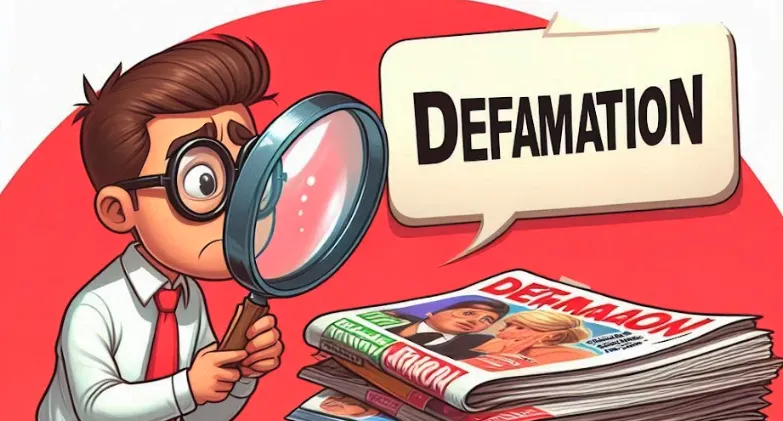Challenges and Issues in the Voting System in India
Imagine a lively Indian village where everyone is looking forward to the upcoming election. But as the day arrives, many people who want to vote find themselves unable to reach the polling station due to poor transportation or long lines.
Some are discouraged by the thought that their vote won't make a difference, while others face challenges because of physical disabilities or a lack of clear information. And for those who move from place to place, like migrant workers, voting can be almost impossible.
India is known for being the world's largest democracy, where millions of people cast their votes to shape the country's future. But despite the pride in its democratic process, the Indian voting system faces several hurdles that can affect how fair and inclusive elections really are.
Why Many Indians Skip the Polls
Lack of enthusiasm amongst voters and low turnout are major problems in India's elections. Here’s why this happens:
- Distrust in Politicians: Many people don’t trust politicians or political parties. They see corruption, broken promises, and think candidates care more about their own benefit than helping the public.
- Lack of Interest: Some people feel their vote won’t change anything and don't see the point in voting.
- Administrative Hassles: Issues like mistakes in voter lists, long lines at polling stations, and complicated voting procedures can discourage people from voting.
- Economic and Social Challenges: People who are struggling financially often focus on their daily needs instead of voting. Additionally, not everyone knows how important voting is, partly because of low literacy rates.
- Safety Concerns: In some areas, fear of violence or intimidation from political groups or militants keeps people from going to the polls.
advertisement
Legal relevance:
Now imagine a small village where election day is marred by chaos. Voters find their names missing from the rolls, or their polling stations are so crowded that they give up and go home. In 2019, a landmark case in the Supreme Court of India highlighted this very issue.
It was stated “ It is possible and we are certain that the system ensures accurate electoral results. But that is not all. If the number of machines which are subjected to verification of paper trail can be increased to a reasonable number, it would lead to greater satisfaction amongst not only the political parties but the entire electorate of the country. This is what the Court should endeavour and the exercise, therefore, should be to find a viable number of machines that should be subjected to the verification of VVPAT paper trails keeping in mind the infrastructure and the manpower difficulties pointed out by the Deputy Election Commissioner. In this regard, the proximity to the election schedule announced by the ECI must be kept in mind.”
Understanding these factors helps to recognize why many people choose not to vote and highlights the need for reforms to ensure everyone can participate in the democratic process effectively.
advertisement
Instances of Electoral Fraud and Malpractices
Electoral fraud and malpractices undermine the democratic process and break public trust in the electoral system. Some common forms of fraud and malpractice include:
- Vote Buying: Political parties or candidates offer money, gifts, or other incentives to voters in exchange for their votes. This practice is particularly prevalent in rural and economically disadvantaged areas.
- Booth Capturing: Armed groups or political goons take control of polling stations, preventing legitimate voters from casting their ballots and stuffing the ballot boxes with votes for their preferred candidate.
- False Voting: Voting by individuals who are not eligible, including underage voters or those impersonating registered voters, is a common issue.
- Manipulation of Voter Lists: Deliberate manipulation of voter lists to include fictitious names or exclude legitimate voters is another malpractice. This can significantly impact election results, especially in close contests.
- Misuse of Government Machinery: Incumbent candidates or parties misuse government resources and machinery to influence the election outcome, such as using state funds for campaigning or forcing government employees to support their campaigns.
advertisement
Accessibility Issues for Disabled and Elderly Voters
Accessibility issues pose significant challenges for disabled and elderly voters, preventing them from fully participating in the electoral process. Some key issues include:
Key Issues:
1. Inaccessible Polling Stations:
- Lack of Ramps and Handrails: Many polling stations do not have ramps or handrails, making it difficult for those with mobility issues.
- Inaccessible Toilets: The absence of accessible restrooms creates additional challenges.
2. Transportation Barriers:
- Long Distances: Polling stations are often far from residential areas, making travel difficult for elderly and disabled voters.
- Lack of Accessible Transport: Public transport options may not accommodate wheelchairs or other mobility aids.
3. Lack of Assistive Services:
- Inadequate Support Staff: Polling stations may lack trained staff to assist disabled and elderly voters.
- Lack of Touch and Sound Assistance: Voters who are visually or hearing-impaired have a hard time if there aren't special ballots they can touch or audio guides to help them.
4. Lack of Assistive Devices:
- Unavailability of Wheelchairs: Polling stations often do not provide wheelchairs, making navigation difficult.
- Absence of Braille Ballots: Visually impaired voters face difficulties due to the lack of Braille ballots.
5. Inadequate Training for Polling Staff:
- Insufficient Understanding: Polling staff often lack knowledge about the needs of disabled and elderly voters.
- Inadequate Sensitivity Training: Without proper training, staff may cause distress or discomfort to voters needing assistance.
6. Implementation Gaps in Legal Framework:
- Inconsistent Application: Even though there are laws requiring polling stations to be accessible, how well these rules are followed can differ from one station to another.
- Lack of Monitoring: Poor monitoring keeps making it hard for disabled and elderly voters to cast their ballots.
advertisement
Real-Life References:
- 2019 Lok Sabha Elections: Many polling stations lacked wheelchairs, hindering disabled voters.
- 2018 Karnataka Assembly Elections: Polling staff were unable to assist disabled voters due to inadequate training.
- 2017 Gujarat Assembly Elections: Limited availability of Braille-enabled EVMs posed challenges for visually impaired voters.
By addressing these issues, India can make its electoral process more inclusive, making sure that the disabled and elderly voters can participate fully and without unnecessary difficulties.
Recent legal developments in India aim to address these issues. The Election Commission of India (ECI) has introduced measures to improve accessibility, such as setting up model polling stations with disabled-friendly infrastructure and providing postal ballots for voters above 80 years of age and those with disabilities.
However, implementation remains irregular, and more efforts are needed to ensure inclusivity in the electoral process.
advertisement
Recent Legal Developments in India to Address Electoral Accessibility
- In the 2019 General Elections, several model polling stations were set up across the country to ensure better accessibility for disabled and elderly voters. States like Karnataka and Tamil Nadu showcased notable improvements in polling station accessibility.
- In the 2020 Bihar Assembly Elections, the ECI implemented postal ballot voting for the elderly and disabled voters, which saw a positive response and increased voter participation from these groups.
- During the 2019 General Elections, Braille EVMs were made available in many polling stations, facilitating independent voting for visually impaired individuals.
- The ECI's initiative to set up "Voter Assistance Booths" in the General Elections provided necessary support to voters with disabilities, helping them navigate the voting process.
Challenges and Inconsistent Implementation
1. Varied Implementation Across States:
- Inconsistent Accessibility: Despite these measures, the implementation of accessibility features remains inconsistent across different states and regions.
Reports from the 2019 General Elections indicated that while some states like Kerala and Gujarat made significant strides in accessibility, others lagged, leading to a disparity in voter experience.
advertisement
2. Need for Comprehensive Monitoring and Training:
- Lack of Monitoring: There is a need for better monitoring and enforcement of accessibility standards to ensure uniform implementation.
In the 2020 Delhi Assembly Elections, some polling stations were found lacking in essential accessibility features, highlighting the need for rigorous monitoring.
3. Awareness and Sensitization:
- Voter Education: There is a continuous need for voter education campaigns to inform disabled and elderly voters about their rights and the available accessibility measures.
Various NGOs and civil society organisations have conducted awareness drives, such as the "Accessible Elections" campaign by the National Centre for Promotion of Employment for Disabled People (NCPEDP), to educate and empower disabled voters.
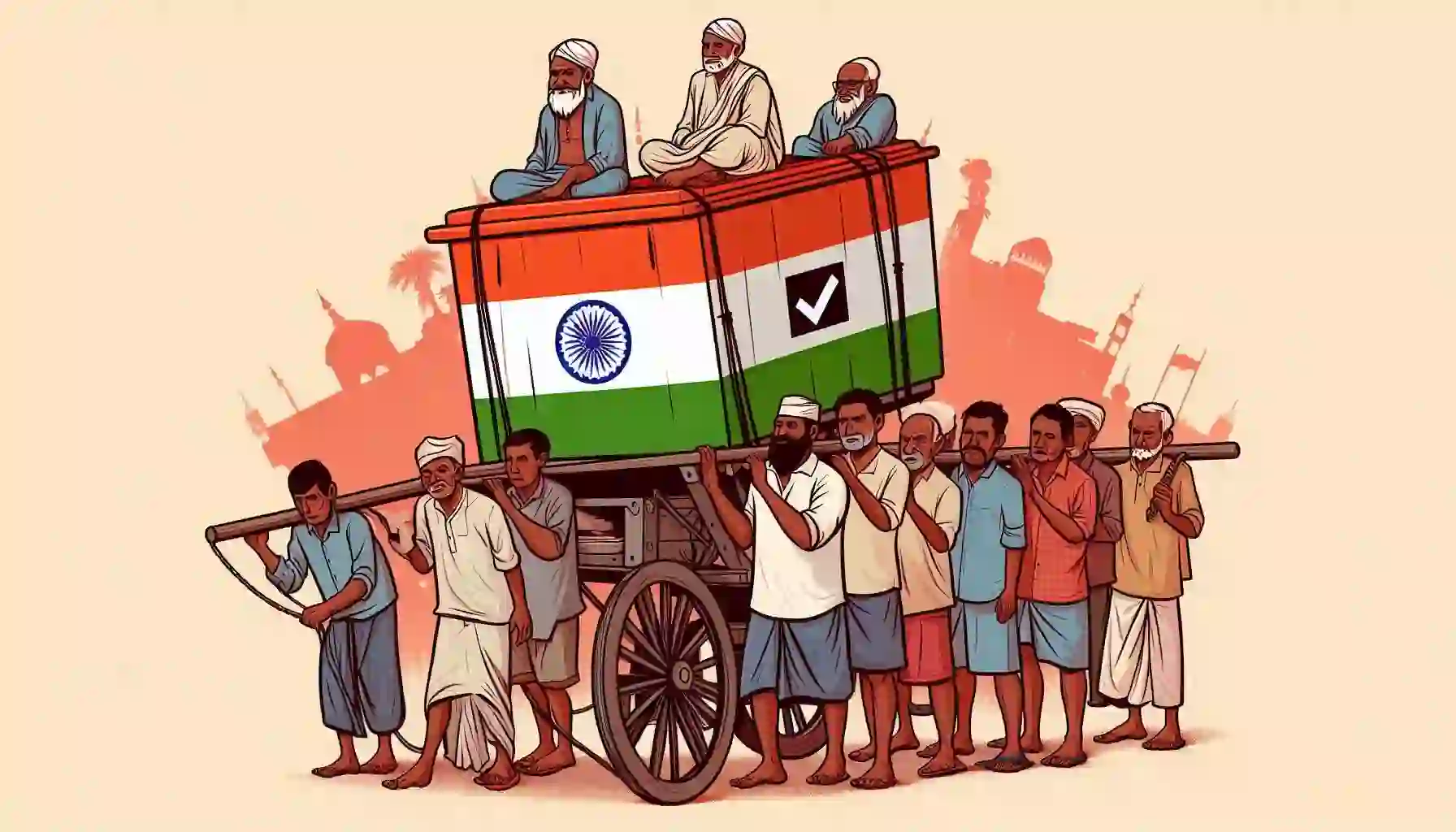
advertisement
Challenges Faced by Migrant Workers
1. Lack of Permanent Address:
- Voter ID Registration: One of the primary requirements for voter registration in India is a permanent address. Migrant workers, who frequently move in search of employment, often lack a stable residence, making it difficult to register to vote.
- Documentation Issues: Migrant workers may not have the necessary documentation to prove residency, which is a critical requirement for voter ID registration.
2. Complexities of Inter-State Migration:
- Transfer of Voting Rights: Migrant workers moving between states face challenges in transferring their voting rights from one constituency to another. The bureaucratic process can be cumbersome and time-consuming, discouraging many from pursuing it.
- Language Barriers: Migrant workers often move to regions with different languages, complicating their ability to navigate the electoral process and understand electoral communications.
3. Employer Restrictions:
- Limited Time Off: Many migrant workers are employed in informal sectors where taking time off to vote can result in wage loss or job insecurity. Employers may not provide the necessary leave, further discouraging workers from voting.
- Workplace Pressure: Some employers may exert pressure on workers to vote for specific candidates or parties, undermining the free and fair nature of elections.
advertisement
Challenges Faced by Homeless Individuals
1. Absence of a Recognizable Address:
- Registration Difficulties: Without a permanent address, homeless individuals struggle to register as voters. Electoral rolls require a fixed residence, leaving many homeless people excluded.
- Proof of Identity: Homeless individuals may lack government-issued identification documents, further complicating their ability to register to vote.
2. Social Stigma and Discrimination:
- Marginalisation: Homeless individuals often face social stigma and discrimination, which can extend to the electoral process. Polling officials may be less willing to assist them, and they may face harassment at polling stations.
- Lack of Awareness: Homeless individuals may have limited access to information about their voting rights and the electoral process, leading to low voter turnout among this group.
Legal and Policy Interventions
1. Simplifying Voter Registration:
- Relaxing Address Requirements: The Election Commission of India (ECI) should consider making the process easier for migrant workers and homeless individuals by accepting their different address proof.
- Mobile Voter Registration Units: Setting up mobile voter registration units in areas with high populations of migrant workers and homeless individuals can make it easier for them to register to vote.
2. Creating Awareness and Providing Assistance:
- Educational Campaigns: Government and non-governmental organisations (NGOs) should conduct awareness campaigns to educate migrant workers and homeless individuals about their voting rights and the registration process.
- Assistance Centers: Setting up assistance centres in urban areas where migrant workers and homeless populations are concentrated can provide the necessary support for voter registration and voting.
advertisement
3. Implementing Proxy Voting and Absentee Ballots:
- Proxy Voting: Introducing proxy voting for migrant workers who cannot return to their home constituencies on election day can ensure their participation.
- Absentee Ballots: Allowing absentee ballots for migrant workers and homeless individuals can provide a practical solution for those unable to be physically present at polling stations. (An Absentee ballot is a vote cast by someone who cannot or does not want to go to their assigned polling station on election day. This can be done through various methods such as voting at a different location, postal voting, proxy voting, or online voting.)
To address these issues, the ECI has initiated efforts such as the "One Nation, One Election" proposal, which aims to synchronise elections across the country to reduce the disruption caused by frequent relocations.
Additionally, the introduction of the "e-EPIC" (Electronic Electoral Photo Identity Card) allows voters to access their voter ID card digitally, potentially simplifying the registration process for migrant workers. Even with these efforts, excluding these groups from voting is still a big problem that needs better solutions.
advertisement
Conclusion
India's electoral system faces significant challenges that undermine its democratic principles. Voter apathy and low turnout, electoral fraud and malpractices, accessibility issues for disabled and elderly voters, and the disenfranchisement of migrant workers and homeless individuals are critical issues that need to be addressed.
While recent legal developments and initiatives by the Election Commission of India demonstrate progress, more comprehensive and consistent efforts are required to ensure that every eligible citizen can participate fully and fairly in the electoral process. Only through such measures can India uphold its democratic ideals and strengthen its electoral system.
FREQUENTLY ASKED QUESTIONS (FAQs):
1. What are the main reasons for lack of enthusiasm amongst voters in India?
The lack of enthusiasm amongst voters in India occurs due to distrust in politicians, lack of awareness, administrative hassles, economic and social challenges, and safety concerns.
2. What measures are in place to assist disabled and elderly voters in India?
Measures include setting up model polling stations with ramps and handrails, providing postal ballots for voters above 80 years of age and those with disabilities, and arranging trained support staff at polling stations.
advertisement
3. What are the challenges faced by migrant workers in the voting process?
Migrant workers face challenges such as lack of permanent address, documentation issues, complexities of inter-state migration, language barriers, and employer restrictions.
4. What is the "One Nation, One Election" proposal?
The "One Nation, One Election" proposal aims to adjust elections across India to reduce disruptions caused by frequent relocations and improve electoral efficiency.
5. How does the e-EPIC initiative help voters?
The e-EPIC (Electronic Electoral Photo Identity Card) initiative helps voters by allowing them to access their voter ID card digitally, making the registration process easier and more accessible.
advertisement
REFERENCES:
- N Chandrababu Naidu vs Union Of India on 8 April, 2019
- Many Indians Don’t Trust Their Elections Anymore
- Vote-buying encourages graft, hurts rule of law, finds study. And it’s getting worse in India
- Booth Capturing During Elections As 'Corrupt Practice' Under RP Act
- Bogus voting, names missing, polling slowdown: Citizens complain of difficulties in voting in Mumbai
- Allegations of voter list manipulation surfaced in US Nagar
- BJP misusing govt machinery in Manglaur: Congress lodges complaint with EC
- Lok Sabha elections: No water, wheelchairs, voters rue lack of facilities
- Despite Election Commission's efforts, polling stations not so friendly for elderly, disabled
advertisement
- Gujarat Elections 2017: Amid EVM glitches, 10% voter turnout till 10 am
- Model polling stations make voting easy for elderly, differently abled
- Electronic Voting - Absentee Voting
- National Centre for Promotion of Employment for Disabled People (NCPEDP)
- 52,000 voters opt for postal ballot in phase 1 of Bihar elections: EC
- EVMs with Braille features come as a boon for differently abled
- Voter Assistance Booth at all polling stations to help voters
- One Nation, One Election' Explained. What Is It And How It Can Work
- Digital Voter ID Card: What is e-EPIC, how to apply and download digital voter ID card online?
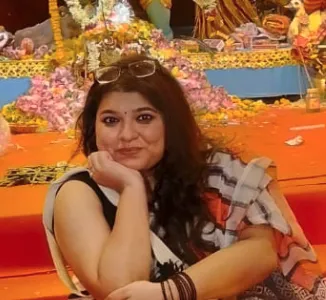
Written by Seersha Chaudhuri
Driven legal professional with a BA LLB and a knack for writing and media reporting. Previously, I’ve crafted legal documents and managed court proceedings at Terkiana PC, focusing on immigration law. I’m also brushing up on my Spanish with Duolingo—learning a new language has never been this fun! Eager to blend my expertise in legal research with my passion for global policy and creative writing. Apart from being a professional, I am a full time lover of fish, dystopian fiction and Brooklyn 99.
advertisement
Further Reading
advertisement
